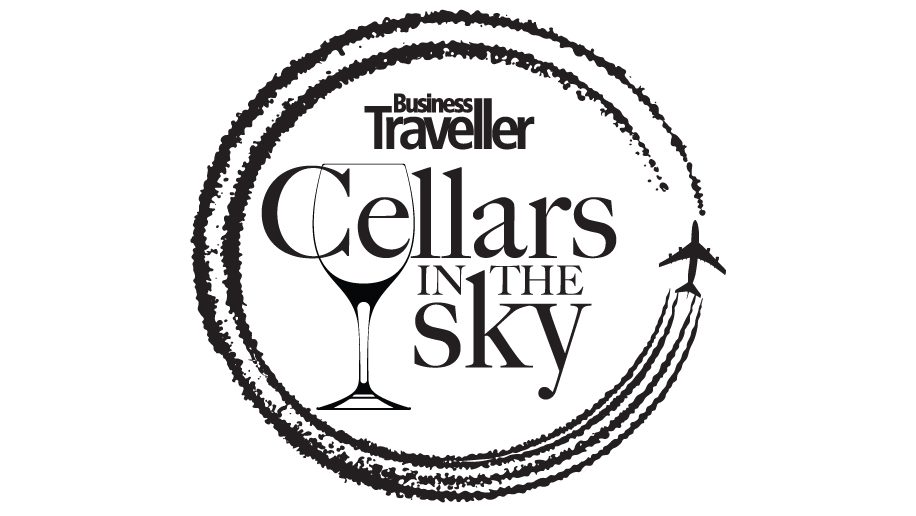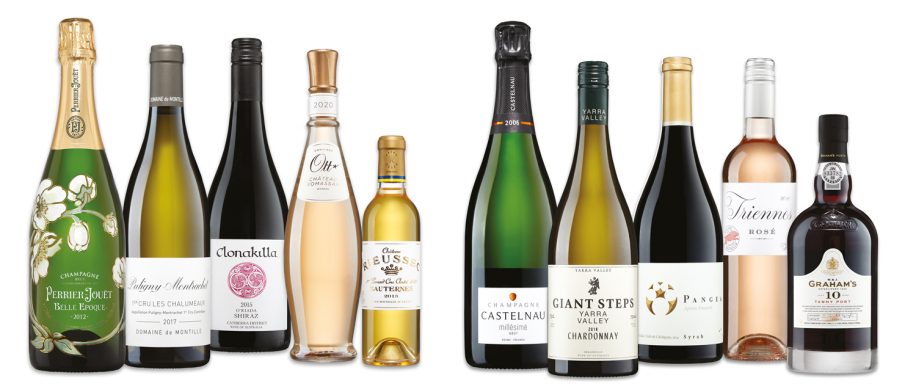
The winners of our in-flight wine awards have been announced. Despite a difficult year, airlines have continued to excel.
For many of us, if there ever was a year where we felt we deserved a decent glass of wine, it was 2021. Cellars in the Sky has been running since 1985 and despite it being another difficult year for airlines, we wanted to continue, not least because we know the effort that many airlines put into their choice of wines on-board.
For 2021, Singapore Airlines scooped six gold awards, including Best Overall Cellar, Best Business Class Cellar and Best First Class Cellar. In first class, other winners included Qatar Airways and Korean Air. In business class, winners were Eva Air, Latam, Jetblue, Singapore Airlines and TAP Air Portugal.

The judges were John Worontschak and Masters of Wine Peter McCombie (head judge), Sarah Abbott and winemaker Sam Caporn. Tastings were held at Haberdashers’ Hall, in Smithfield, London, on December 8, and various logistical challenges, including socially distanced tastings, were overcome. It was worth the effort, according to McCombie. “This year the overall standard of wines submitted was very good,” he says. “Airlines are trying especially hard to get passengers back on-board with well-chosen delicious wines.”
Interestingly, on the matter of how much airlines are spending per bottle, McCombie says it is often hard to tell, not least since he believes “airlines drive quite hard bargains” with producers.
How the awards work
The competition is open to any carrier that serves wine in business or first class on mid- or long-haul routes. Each airline is invited to enter two reds, two whites, a rosé, a sparkling, and a fortified or dessert wine from both cabins. They can compete in as many categories as they like but to be eligible for the Best Overall Cellar award, they must enter at least one red, white and sparkling. For 2021, 17 airlines entered.
All tasting is blind, with the branding of the bottles hidden beneath black bags labelled with a letter and two numbers – FC1, for instance, means the first flight of first class white wines, with the number differentiating each entry. The judges were unaware of the wine make or the airline that entered it, eliminating any unconscious bias. Each judge tasted every single entry individually – a silver lining of social distancing – before convening to review the wines and mark them out of 100.
McCombie says: “Blind tasting is hard work, but tasting good wines makes it pleasurable, too. One of the joys about the Cellars tasting is there is a small group of judges who know each other well, and we have fun.”
When it came to scoring, the judges tended to agree on their verdicts, trusting each other’s expertise. If there was any dispute, they would amicably taste again and find reason to compromise. McCombie says: “An advantage of judging wines in this way is that everyone has biases when it comes to tasting; particular styles of wine you might prefer, and you have to understand that about yourself, but when we are together like this, we can pull each other back if we are over-enthusiastic or a bit dismissive.”

What the judges look for
This competition requires a different approach as our experts are tasked with discovering wines that perform well at 35,000 ft. For this reason, particular wines may not always receive the same adulation as they would in other contests, which often focus on the potential for them to develop and improve over time.
The judges have to ask themselves how much a wine is going to satisfy business and first class passengers. “First class Champagne is always a joy because it all tastes good, so it comes down to what stands out,” says McCombie.
The judges felt more expressive, fruity wines would perform better in the dryer atmosphere on-board. “White wines tend to fare better as reds are high in tannins, which aren’t well suited to the air,” says McCombie.
“In the reds there was a reasonable variety with a good mixture: Rhone style and Bordeaux and Italian, and the winning red wine in first class just blew us away [Clonakilla O’Riada Shiraz 2015, Canberra District, Australia]. Some might think Australian Shiraz is all
big and heavy and alcoholic – this also benefited from having a bit of bottle age on.”
One of the main challenges faced by carriers is that first and business class flyers often expect to see a prestigious wine on board yet may be unaware that it doesn’t perform well in the air.
“The first class whites were interesting because Chardonnay sweeps the board, both from Burgundy and new-wave Australia,” says McCombie. “The world might be surprised just how good Australian Chardonnay can be. It isn’t that over-oaked and over-strong cliché of old. It’s a fantastic drink and you can see that in the results from first class.”
In business class the judges were delighted to find even more variety and diversity. “Take the whites in business class. Chardonnay did well, but we had the Eroica Riesling from Columbia Valley in the US which is a really interesting wine and it’s good to see it being offered to people.
“Some people have a lingering prejudice about Riesling imagining it will be sweet, but this was both fruity and dry, which works well in the sky and will go well with food.”
For the full list of winners and shortlisted wines, click here.










